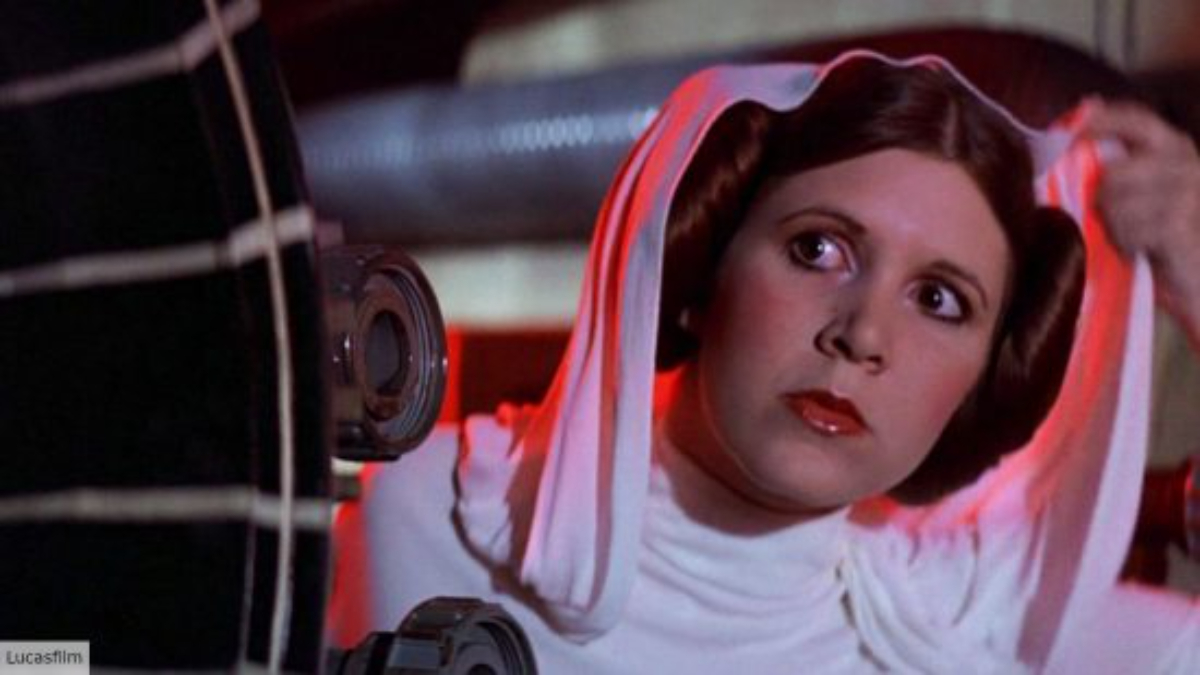
Advertisement
In 1980, George Lucas delivered an unforgettable moment in cinematic history with the iconic line, “No. I am your father,” forever altering the Star Wars saga. However, this pivotal revelation set a precedent for familial connections within the franchise that would have far-reaching consequences.
Subsequently, in the conclusion of Lucas’s original trilogy, Princess Leia’s revelation of her familial link to Luke Skywalker mirrored the shock of the Vader revelation but ultimately set a problematic pattern. The expectation of genetic ties became ingrained within the Star Wars narrative, leading to a fixation on lineage that detracted from the series’ quality and creativity.
This fixation reached its peak with the sequel trilogy, particularly with the speculation surrounding Rey’s lineage in “The Force Awakens.” While Rian Johnson’s “The Last Jedi” bravely subverted these expectations by revealing Rey as a nobody, “The Rise of Skywalker” regressed by retconning this narrative progression to establish Rey as Emperor Palpatine’s granddaughter.
This regressive decision epitomized the franchise’s tendency to prioritize familial connections over storytelling innovation, a trend that began with Princess Leia’s reveal. The fear was that this insular self-referentiality would stifle creativity and lead to a dearth of fresh narratives within the Star Wars universe.
However, there remains hope for the franchise’s future. “Andor” season 1, for instance, demonstrates that Star Wars can thrive when it breaks free from constant callbacks and explores new narratives independent of existing characters’ lineages. By embracing genetic freedom and focusing on new characters and stories, Star Wars can reclaim its status as a beacon of creativity and imagination in the cinematic landscape.
